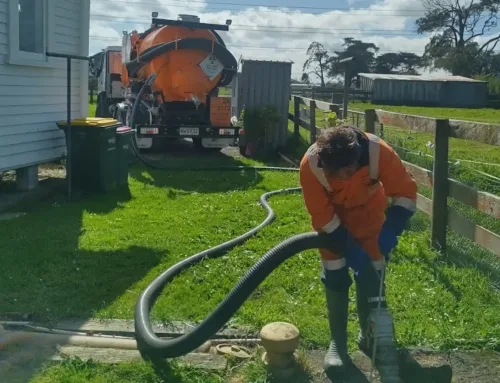The Definitive Guide for Reclaim Waste
The Definitive Guide for Reclaim Waste
Blog Article
All about Reclaim Waste
Table of ContentsThe 10-Second Trick For Reclaim WasteSome Of Reclaim WasteNot known Facts About Reclaim WasteGetting The Reclaim Waste To WorkReclaim Waste for Beginners
Discover the types, incidents, and forms of liquid waste. Residential sewer waste describes the waste and items from a property septic system. This kind of waste is created by human beings in houses, institutions, and other structures. This only consists of septic containers that have a drain field. The appropriate monitoring and disposal of domestic sewage waste call for liquid waste to be moved to a sewage therapy plant where the appropriate techniques and tools are used to cleanse and take care of waste.
Industrial waste often includes potential hazards, such as flammable materials or a mix of liquid and solid waste products, and requires a more sophisticated and detailed disposal procedure. The disposal of business waste typically includes the filtration of waste prior to transportation to guarantee safe and correct disposal. Hazardous waste is created from by-products and runoff of industrial procedures and production.
This sort of waste can not use the same sewage monitoring transport or processes as septic or industrial liquids. The hazardous waste administration procedure calls for the examination and screening of liquid waste prior to it goes through the disposal process (industrial wastewater treatment). Overflow waste is the liquid waste that originates from drainage and excess stormwater in very inhabited locations or cities
Overflow waste can trigger contamination and flooding if not handled effectively. Making sure correct waste administration can prevent disasters and lower ecological injury.
The 45-Second Trick For Reclaim Waste
Contact PROS Services today to discover about our waste monitoring and disposal services and the appropriate means to take care of the liquid waste you produce.
(https://issuu.com/reclaimwaste1)This supposed 'wastewater' is not only an important source but, after treatment, will certainly be launched to our land, rivers or the sea. Made use of water from commodes, showers, baths, cooking area sinks, washings and commercial procedures is known as wastewater.

water utilized to cool down machinery or tidy plant and tools). Stormwater, a form of wastewater, is drainage that flows from farming and urban locations such as roofs, parks, gardens, roadways, paths and seamless gutters into stormwater drains pipes, after rain. Stormwater flows unattended straight to local creeks or rivers, ultimately getting to the sea.
Getting My Reclaim Waste To Work
In Queensland, a lot of wastewater is dealt with at sewage treatment plants. Wastewater is moved from domestic or industrial sites through a system of sewage systems and pump stations, understood as sewerage reticulation, to a sewer treatment plant.
The Division of Natural Resources recommends local governments regarding managing, operating and maintaining sewage systems and treatment plants. In unsewered areas, city governments might call for householders to mount individual or household sewage treatment systems to deal with domestic wastewater from bathrooms, kitchens, shower rooms and washings. The Division of Natural Resources authorises the use of household systems when they are confirmed to be reliable.
A lot of stormwater receives no treatment. In some new communities, treatment of some stormwater to eliminate litter, sand and gravel has actually begun utilizing gross contaminant traps. Wastewater treatment happens in 4 stages: Gets rid of view it strong matter. Bigger solids, such as plastics and other things incorrectly released to drains, are eliminated when wastewater is travelled through screens.
Uses small living microorganisms knows as micro-organisms to damage down and remove staying liquified wastes and great particles. Micro-organisms and wastes are integrated in the sludge.
The 5-Minute Rule for Reclaim Waste
Nutrient elimination is not readily available at all sewer treatment plants due to the fact that it requires pricey specialist tools. It is becoming more usual in Queensland. Clear fluid effluent produced after therapy might still have disease-causing micro-organisms. If this effluent is released right into waterways such as rivers or the sea, the micro-organisms will ultimately die out.

Most wastewater streams right into the sewerage system. Under the Act, regional governments provide approvals and permits for environmentally appropriate activities (Periods) involving wastewater releases that may have a local impact.
Some Known Factual Statements About Reclaim Waste
Otherwise, samples are taken for laboratory evaluation. Usually many tests are required to develop the degrees of each of the different toxins such as oils, heavy steels and chemicals in water. Surveillance supplies valid info concerning water quality and can validate that permit conditions are being satisfied. The details acquired with monitoring supplies the basis for making water top quality decisions.
Report this page